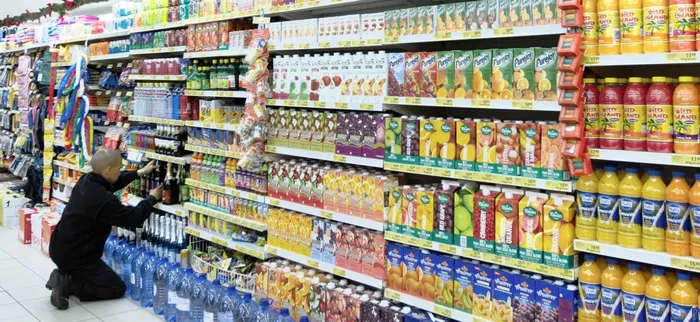South Africa's food security shows slight improvement, yet hunger crisis persists

South African Food Security Index 2025 has risen to 56.5, up from 44.9 in 2023. While this improvement is encouraging, it remains below the 2019 score of 65.8, when hunger levels were notably lower.
Image: Independent Newspapers Archives
South Africa’s battle against hunger has seen a modest step forward, with food security levels improving slightly over the past year.
This is according to the South African Food Security Index 2025, released by the Shoprite Group on Thursday, which marked World Food Day, and compiled by economists from Stellenbosch University.
The Index ranges from zero (severe food insecurity) to 100 (excellent food security), with 50 as an “average” value. Below 50 signals time of relative food insecurity, while values above 50 represent periods of relative security.
The Index found that South Africa’s score rose to 56.4 in 2024 from 44.9 in 2023, the lowest level recorded since 2010. Researchers said the uptick reflected better dietary diversity, growth in school feeding schemes, and a decline in food inflation.
The Index is based on physical availability of food, economic and physical access to food, diversity of food consumed and the stability of the other three dimensions over time.
However, the improvement offers limited comfort. The report warned that hunger remains a national crisis, with significant disparities between provinces and among vulnerable households.
“All provinces except the Eastern Cape (42.4 down from 50.9) experienced an improvement in Index values in 2024,” the report stated.
Limpopo (78.8) and Gauteng (64.7) achieved the highest Index scores in 2024. The Northern Cape showed significant improvement from the 2023 score of 17.0 but still sits under 40 at 35.5.
The Western Cape (56.5) and KwaZulu-Natal (50.7) showed significant improvements from 46.1 and 32.2 in 2023. While the North West and Mpumalanga remained under 50 at 38.6 and 45.8 respectively.
“While most households (80.8%) consumed more than six food groups, almost 20% of households ate too few food groups.”
The Free State recorded the lowest dietary diversity, with almost half its population (49.3%) eating only three or fewer food groups in the previous 24 hours. Female-headed households were also found to be more likely to face food insecurity than male-headed ones.
Shoprite Group Chief Sustainability Officer, Sanjeev Raghubir, said the findings highlight both progress and the need for stronger collaboration. “Food security is one of the defining challenges of our time,” he said.
“While we are encouraged by incremental improvements, hunger will only be defeated if business, government, and civil society work together.”
He added that affordability continues to determine what families eat.
“We are proud of the role the Shoprite Group is playing in making food affordable for millions of South Africans. Price remains the driving factor in determining what families eat, and our business contained internal food inflation to just 2.3% in its 2025 financial year, despite broader cost pressures.”
Related Topics: